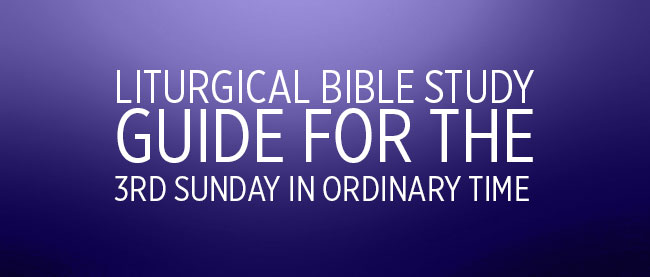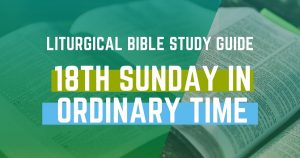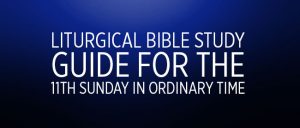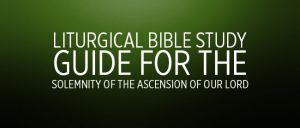Gospel – Luke 1:1-4, 4:14-21
Luke was a Syrian from Antioch. He was a physician by profession, a man of culture with perfect Greek. He was not an Apostle but was an early Gentile convert (about A.D. 40) and a disciple of Paul. He accompanied St. Paul on his second journey (A.D. 49-53) from Troas to Philippi, remaining there for some years, until he again joined Paul toward the end of his third journey (53-58). He stayed with Paul when he was imprisoned in Caesarea; he was with him on his adventurous trip from Caesarea to Rome and during his first Roman captivity.
St. Luke was not an eyewitness to our Lord’s life. Therefore, when he refers in his introduction to the sources he has used, he includes “the original eye-witnesses and ministers of the word”, among the most outstanding of whom was the Blessed Mother. It must have been she who provided most of the information Luke gives in the first chapters of his Gospel.
Luke is the only Gospel writer to give his book a preface or prologue (1:1-4). This prologue is really a summary of what the Gospel contains and helps us to realize that Jesus’ message of salvation, the Gospel, was preached before it came to be written down.
1st Reading – Nehemiah 8:2-4a, 5-6, 8-10
The book of Nehemiah is one of the historical books of the Bible and continues to chronicle the history of the Jewish people. The books of Kings and Chronicles leave Jerusalem and the temple a heap of ruins, and the people of Judah exiles and captives in Babylon (587 B.C.). But, the exiles never forgot Zion and the glories of Solomon’s temple. In 539 B.C. (48 years later) Cyrus II, King of Persia, conquered Babylon. Flavius Josephus, the 1st century A.D. historian, recounts how the Jews showed Cyrus the text of the prophecy of Isaiah where Cyrus’ name appears (Isaiah 44:28; 45:1):
“This was known to Cyrus by his reading the book which Isaiah left behind him of his prophesies; for this prophet said that God has spoken thus to him in a secret vision: – ‘My will is, that Cyrus, whom I have appointed to be king over many and great nations, send back my people to their own land, and build my temple.’ This was foretold by Isaiah one hundred and forty years before the temple was demolished. Accordingly, when Cyrus read this, and admired the divine power, an earnest desire and ambition seized upon him to fulfill what was to written; so he called for the most eminent Jews that were in Babylon, and said to them, that he gave them leave to go back to their own country, and to rebuild their city Jerusalem, and the temple of God, for that he would be their assistant, and that he would write the rulers and governors that were in the neighborhood of their country of Judea, that they should contribute to them gold and silver for the building of the temple, and, beside that, beasts for their sacrifices.” [Antiquities of the Jews 11,1,2(5-7)] Cyrus was so impressed that in 538 B.C. he issued an edict permitting those who wished to do so to return to Jerusalem.
Although the Jews returned immediately after the king’s decree and started rebuilding the Temple, the building works were soon stopped due to fierce opposition from the Samaritans. What particularly rankled the Samaritans was that they were not allowed to join in the rebuilding. The work was not restarted until 520 B.C., under Darius I, and it was completed four years later thanks to the intervention of Zerubbabel and the prophesying of Haggai and Zechariah. However, although the temple was finished, 40 years passed without the walls of Jerusalem being rebuilt – again due to Samaritan opposition.
Nehemiah presided from 445 until 433 B.C. over the restoration of the community and the rebuilding of the walls of Jerusalem. As Ezra was responsible for the religious regeneration and reform of the community after the exile, so Nehemiah was for organizing its security and establishing a sound administration; despite continuing opposition from the inhabitants of the surrounding towns. Our canonical books of Ezra and Nehemiah are combined by the Septuagint into a single book which has the title Esdras B. Preceding it is Esdras A (the apocryphal 1 Esdras in modern translations).
Today’s reading tells of Ezra’s reading of the Torah (the Law of Moses) to the people.
2nd Reading – 1 Corinthians 12:12-30
Last week we heard of the gifts of the Holy Spirit and that since they all have the same origin and are made to operate by the giver, no one recipient is more important than another because all is given for the common good. Today we continue this lesson as Paul compares the Christian community to the human body.





